Activate the skin’s natural regenerative process with Sculptra to help replenish lost facial collagen. Collagen is the most common protein in the body and helps support the skin’s inner structure.
This FDA-approved injectable subtly and gradually helps restore facial volume.
How Does Sculptra Work?
SLOW AND STEADY STRENGTH
Sculptra is made with biocompatible, biodegradable, synthetic material called poly-L-lactic acid, which is gradually and naturally absorbed by the body and helps to rebuild lost collagen through a series of treatments administered by a trained specialist.
Ashley Aesthetics injects treatment into the appropriate dermal plane where strands of collagen support your skin’s structure. Over time, Sculptra helps the body reproduce lost collagen. The number of injection appointments and the number of injections per appointment vary from person to person, depending on how much collagen has been lost. On average, three injection appointments are needed over a period of a few months.

Some commonly asked questions are answered below. Click on a question to reveal more information.
Important Safety Information:
Indication: Sculptra® (injectable poly-L-lactic acid) is indicated for use in people with healthy immune systems for the correction of shallow to deep nasolabial fold contour deficiencies and other facial wrinkles.
Sculptra should not be used by people that are allergic to any ingredient of the product or have a history of keloid formation or hypertrophic scarring. Safety has not been established in patients who are pregnant, lactating, breastfeeding, or under 18 years of age.
Sculptra has unique injection requirements and should only be used by a trained healthcare practitioner. Contour deficiencies should not be overcorrected because they are expected to gradually improve after treatment.
Sculptra should not be injected into the blood vessels as it may cause vascular occlusion, infarction or embolic phenomena. Use at the site of skin sores, cysts, pimples, rashes, hives or infection should be postponed until healing is complete. Sculptra should not be injected into the red area (vermillion) of the lip or in the peri-orbital area.
The most common side effects after initial treatment include injection site swelling, tenderness, redness, pain, bruising, bleeding, itching and lumps. Other side effects may include small lumps under the skin that are sometimes noticeable when pressing on the treated area. Larger lumps, some with delayed onset with or without inflammation or skin discoloration, have also been reported.
Sculptra is available only through a licensed practitioner. View the complete Instructions for Use.




